Who Was the First Person to Give Flowers?
We wonder how they felt. We wonder where they were. As we wander through mountains or gather blooms from gardens, we imagine it must have been a single wildflower. Perhaps with a nibble from an insect, perhaps a petal missing, perhaps a little crooked.
How did the person who received it feel? Surely, they were delighted by its beauty.
Yet flowers do not bloom to please us. We are the ones who decide they are beautiful, who choose to find meaning in them.
If that’s the case, we want to feel flowers freely, to give them as if we were the first person to do so. And if we could live like a flower, captivating even as we wither, how beautiful that would be.
With that thought, today and tomorrow, we meet flowers again.
Our Philosophy
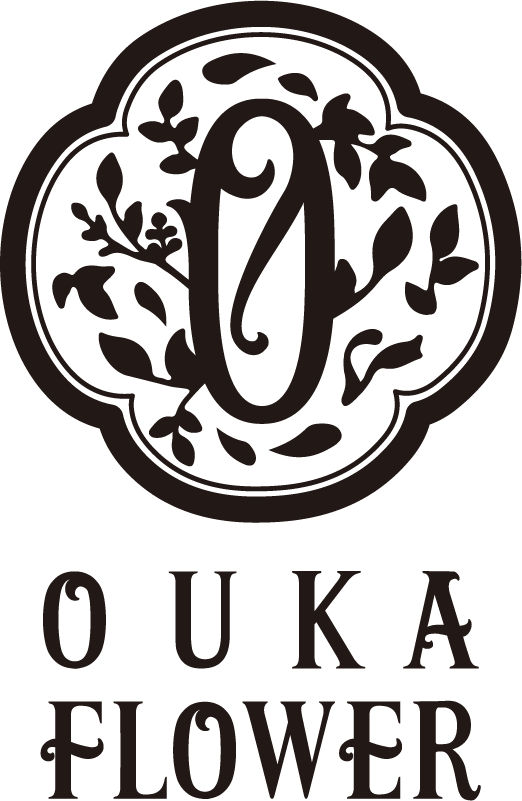
Our
Philosophy
At OUKA Flower, with a vision of crafting unseen landscapes through dried flowers, we dream of a world where, like the first person to ever give a flower, we uncover the hidden beauty in every bloom. By transforming that beauty into new value, we strive to create a world where dried flowers, people, and all things live in closer harmony.
Where We Started

Our all projects aim to discover the inherent beauty and value of plants left behind in terms of conventional floral demand, such as discarded vegetables, weeds, and pruning waste.
By actively incorporating these “outcasts” as dried flower materials in our creations and workshops, we bring them into the hands of many people.
This approach represents the very starting point of OUKA Flower.
Approach 01-
Reutilization of Discarded Vegetables
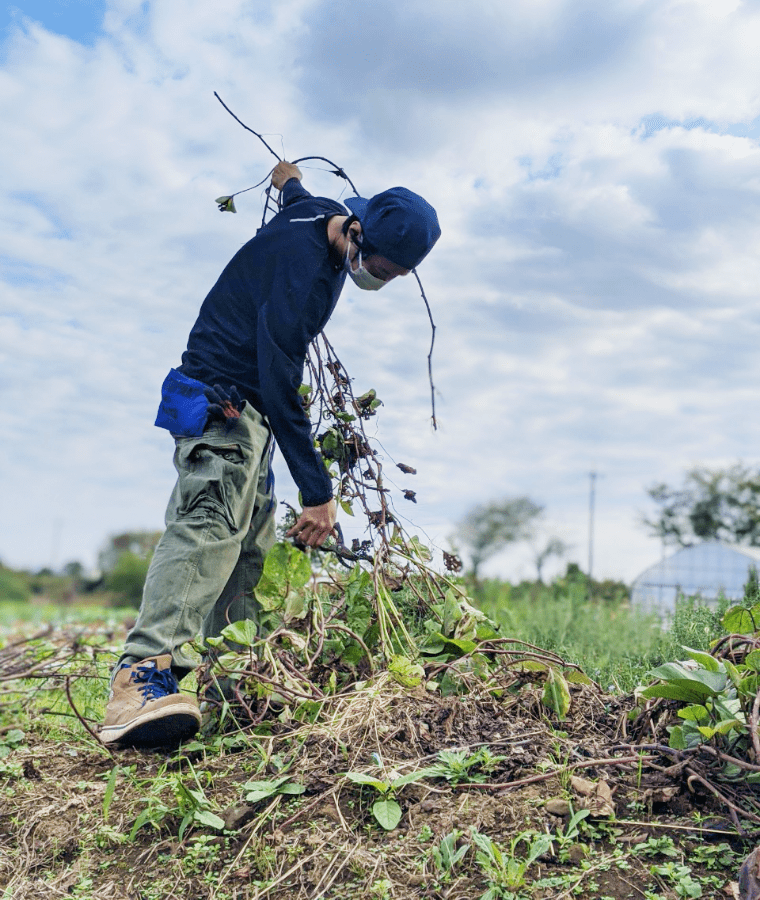
We aim to create and offer new beauty and value by using discarded parts of vegetables and produce that can no longer be consumed after their harvest season as floral materials.
Approach 02-
Reutilization of Pruned Waste Flowers and Plants
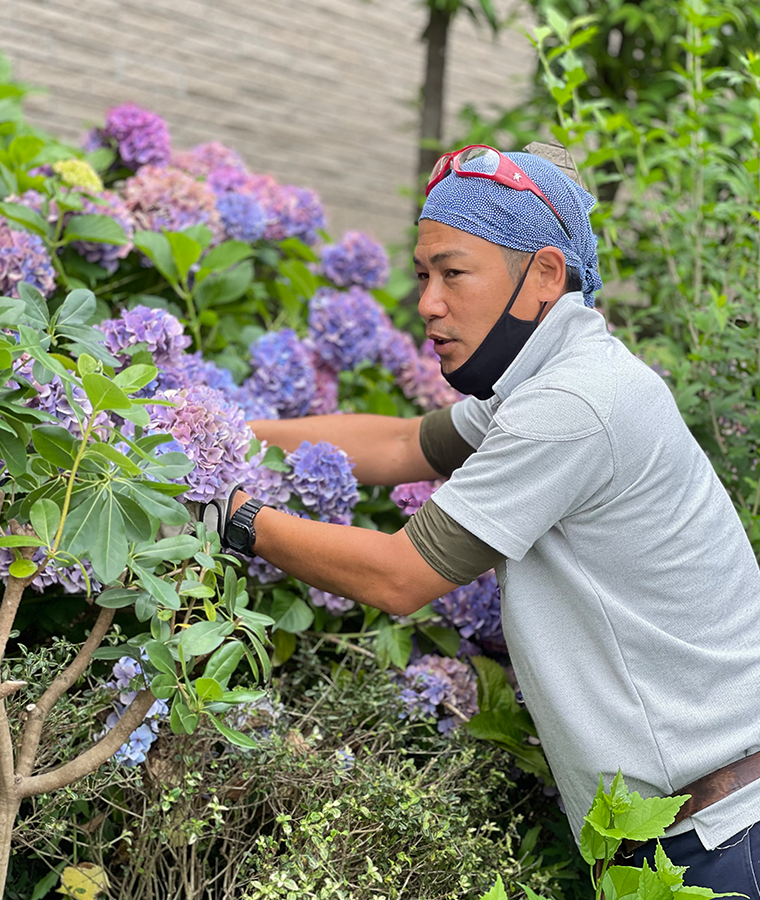
In collaboration with gardeners, we collect pruned plants and repurpose them as dried flower materials and floral interior decor. Through this, we aim to share their beauty and value with a wider audience.
What We Produce
We focus on planning and creating original products using dried flowers, including space decorations, interior items, and accessories. Additionally, we engage in various initiatives to address social issues through the use of dried flowers, as well as develop and offer upcycling services.
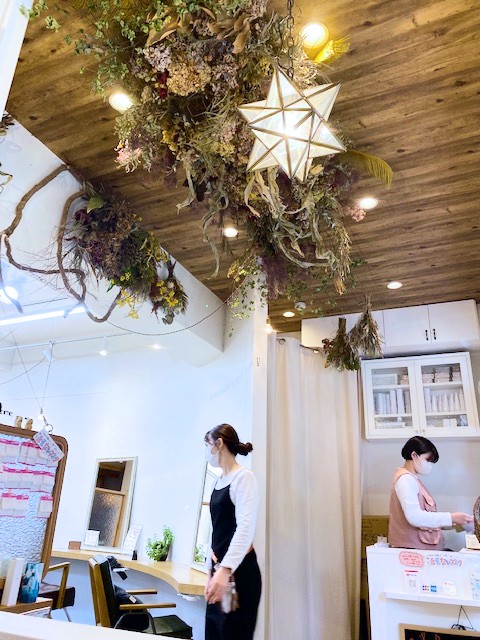
Space Decoration
Using dried and preserved flowers, we design and construct a wide range of decorations, from store spaces and showrooms in various commercial facilities to event booths and photo spots.
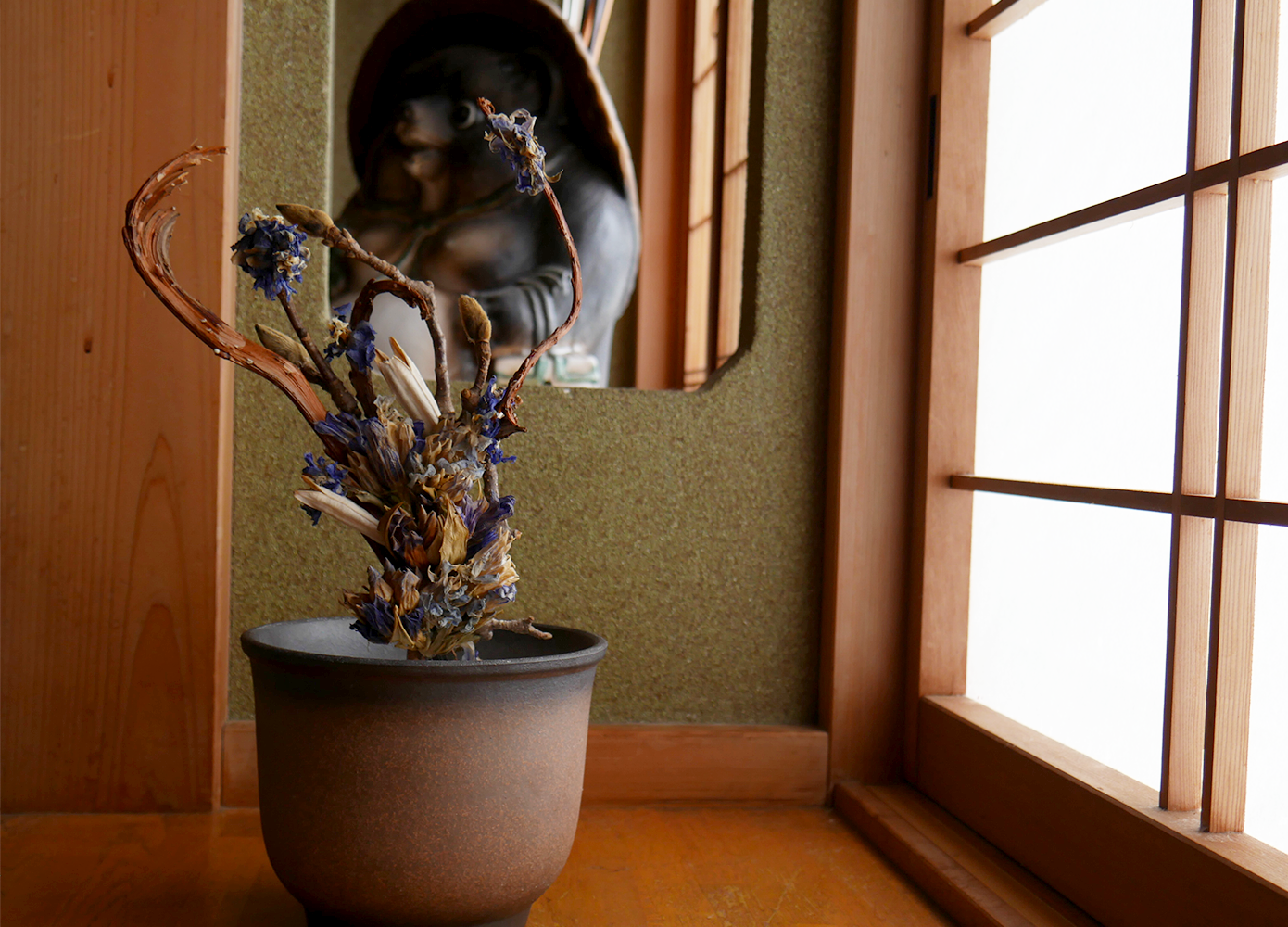
Original Products
We repurpose overlooked plants like discarded vegetables, weeds, and pruned branches into dried flower materials, uncovering their hidden beauty and value.
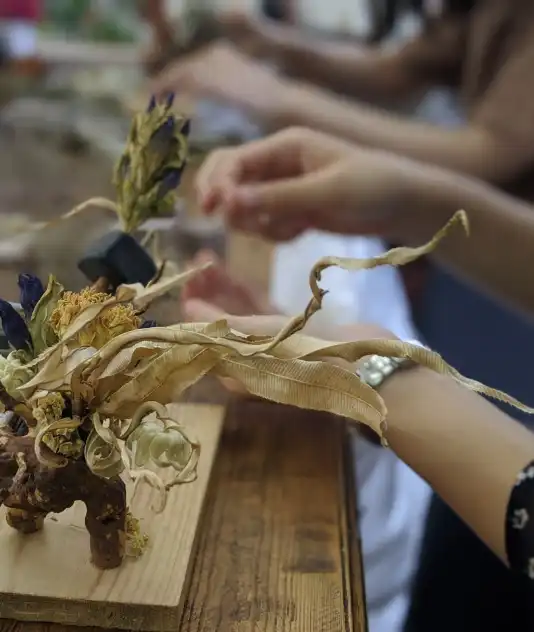
Workshop
You can enjoy this as a new type of flower workshop, different from traditional Ikebana or Bonsai experiences. Through dried flowers, this program offers an opportunity to appreciate the charm of Japanese craftsmanship.
Our Strength
Strength 01-
A Wide Range of Planning Fields
With a dedicated team of florists, spatial designers, and promotional planners, we offer comprehensive planning across a wide range of fields. We carefully listen to our clients’ needs and provide tailored ideas, from concept development to the most suitable solutions.
Strength 02-
One-Stop Production
By integrating our florists with in-house spatial designers, we have established a seamless, one-stop production system from planning to on-site execution. This approach ensures high flexibility, a diverse range of creative outputs, and consistently high-quality results.
Strength 03-
Proposing New Value
As part of our project, we upcycle discarded vegetables and plants classified as weeds into artworks and decorations. By discovering new value in plants that would not typically enter the floral market and reimagining them as dried flowers, we embody the very starting point of Ouka Flower.
Our Florists
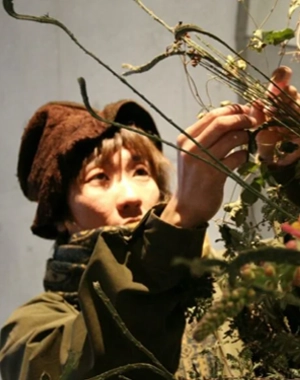
A creator of Ouka, a dried flower brand built on the concept of discovering the hidden beauty in all plants—just like the first person in human history to give a flower—redefining their value, and continuously creating a world where dried flowers, people, and objects coexist in harmony.
Fascinated by how wild plants naturally wither in the fields and mountains, he self-taught the art of dried flower arrangement.
His work focuses on bringing out the intrinsic beauty of plants, blending traditional Japanese craftsmanship with dried flowers to create unique products, as well as designing floral installations for stores, offices, and other spaces.
Our Flower-Material
Lifespan of
Dried Flowers
The degree and speed of aging in dried flowers vary depending on the type of flower and the environment in which they are displayed.
In particular, exposure to direct sunlight or placement in high-temperature, high-humidity areas accelerates the aging process. Over time, dried flowers generally take on a sepia tone and become more fragile as they deteriorate. However, their lifespan ultimately depends on whether their aged appearance can be appreciated as part of their charm.
White
Cream / Yellow
Wine Red / Purple
Deep
Purple
Orange
Pink
Brown
Purple
Brown
Blue
Pink
Right
Purple
Flowers Unsuitable
for Drying
Some materials, such as Cattleya, Plumeria, succulents, vegetables, and fruits, have thick, moisture-rich petals. These flowers are prone to cracking or splitting significantly, and their petals may fall off during the drying process.
| Type | Dried-Flower Processing | Notes |
| Flowers that bloom from bulbs (e.g., lilies, tulips, calla lilies) | △ | While they may shrink or lose petals, they can still be used as dried materials. |
| Thin-petaled flowers (e.g., cherry blossoms, plum blossoms) | × | Their petals tend to fall off, making them unsuitable for drying. |
| Nuts | △ | The outcome depends on the variety. For example, Hypericum berries tend to develop wrinkles on the surface. |
| Fruits | × | Due to their high sugar content, they are prone to mold and require extra care. |
| Plumeria | × | Can be dried using silica gel but becomes fragile. |
| Cattleya | × | Can be dried using silica gel but becomes fragile. |
| Succulents | △ | Due to their high moisture content, they shrink significantly, losing their characteristic plump appearance. |
